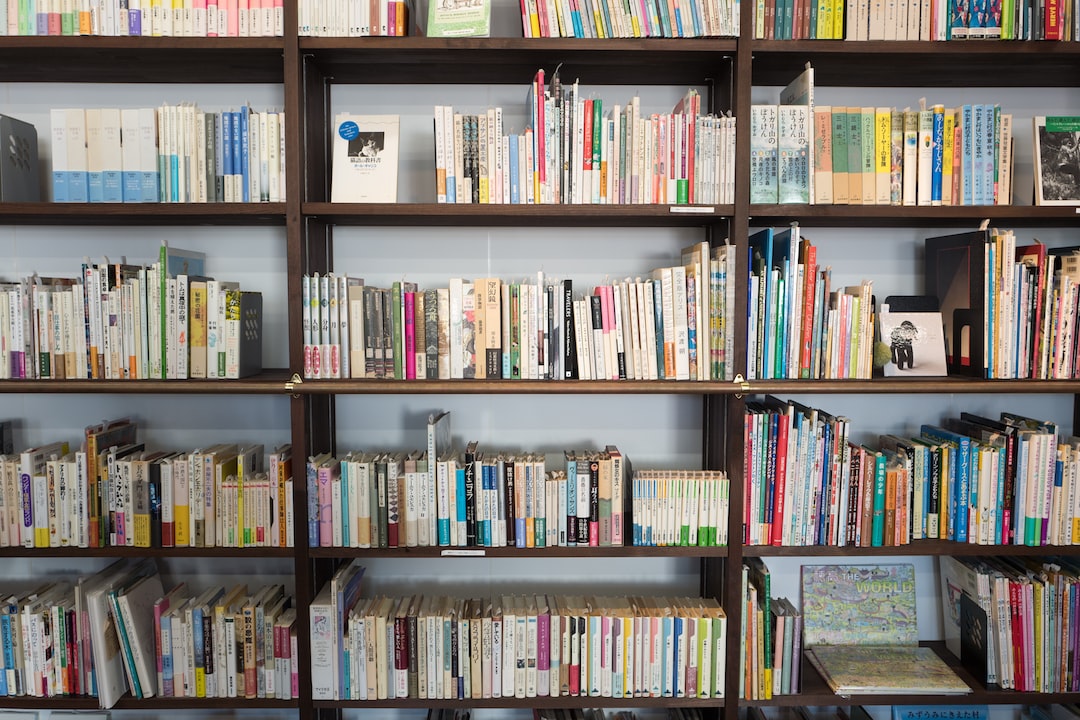The Benefits of Multicultural Education in Culturally Diverse Classrooms
In today’s increasingly globalized world, multiculturalism has become an integral part of our societies. As classrooms become more culturally diverse, it is crucial to acknowledge and embrace the benefits that multicultural education brings to students. This approach not only enhances the academic growth of students but also fosters a deeper understanding and appreciation of different cultures. In this blog post, we will explore the numerous advantages of multicultural education in culturally diverse classrooms.
First and foremost, multicultural education promotes inclusivity and equity. By incorporating diverse cultural perspectives into the curriculum, educators create an environment where all students feel represented and valued. This approach ensures that no student feels excluded or marginalized due to their cultural background. In a truly inclusive classroom setting, diversity is celebrated, and students learn to respect and appreciate one another’s differences. This fosters a sense of belonging and a positive school climate, which are vital for academic success and overall well-being.
Multicultural education also broadens students’ perspectives and encourages critical thinking. By exposing students to various cultural viewpoints, they develop a more nuanced understanding of the world around them. This exposure challenges their preconceived notions and biases, promoting empathy and cultural sensitivity. When students are exposed to diverse perspectives, they learn to think critically and analyze issues from different angles. This prepares them for a globalized workforce, where they will encounter individuals from various cultural backgrounds and need to navigate cultural differences effectively.
Furthermore, multicultural education fosters social cohesion and intercultural communication skills. As students engage with different cultures in the classroom, they learn to communicate and collaborate effectively with individuals from diverse backgrounds. These skills are essential in promoting social harmony and reducing social divisions. Multicultural classrooms provide a safe space for students to learn, share, and embrace diversity, which ultimately leads to more inclusive and cohesive societies.
Another benefit of multicultural education is the creation of culturally competent individuals. In a culturally diverse classroom, students are exposed to a range of cultures, traditions, and customs. This exposure helps them understand and appreciate diversity, preparing them to be more accepting and respectful citizens. By developing cultural competence, students can engage in meaningful interactions with individuals from different cultural backgrounds, both within and outside of the classroom. This skill is becoming increasingly important as our societies become more interconnected and multicultural.
Moreover, multicultural education enhances academic achievement. When students see their cultural backgrounds reflected in the curriculum, they feel a greater sense of motivation and engagement. Studies have shown that culturally responsive teaching methods significantly improve student performance. By incorporating multicultural perspectives, educators can make learning more relatable and meaningful to students from different cultural backgrounds. This approach nurtures a positive self-identity and promotes a sense of pride in one’s cultural heritage.
Multicultural education also prepares students to become global citizens. As the world becomes increasingly interconnected, global competence is a necessary skill. By learning about different cultures and engaging with diverse perspectives, students develop a more global outlook. They learn to appreciate cultural differences, celebrate diversity, and become active participants in a global community. This prepares them for the challenges and opportunities of a globalized world and equips them with the skills needed to tackle complex global issues such as climate change, poverty, and social inequality.
In conclusion, multicultural education offers numerous benefits in culturally diverse classrooms. It creates an inclusive and equitable learning environment, broadens students’ perspectives, and promotes critical thinking and intercultural communication skills. Additionally, multicultural education fosters cultural competence, enhances academic achievement, and prepares students to become global citizens. As educators, it is our responsibility to embrace and invest in multicultural education to ensure that all students receive a comprehensive and well-rounded education that reflects the diverse world they inhabit.

